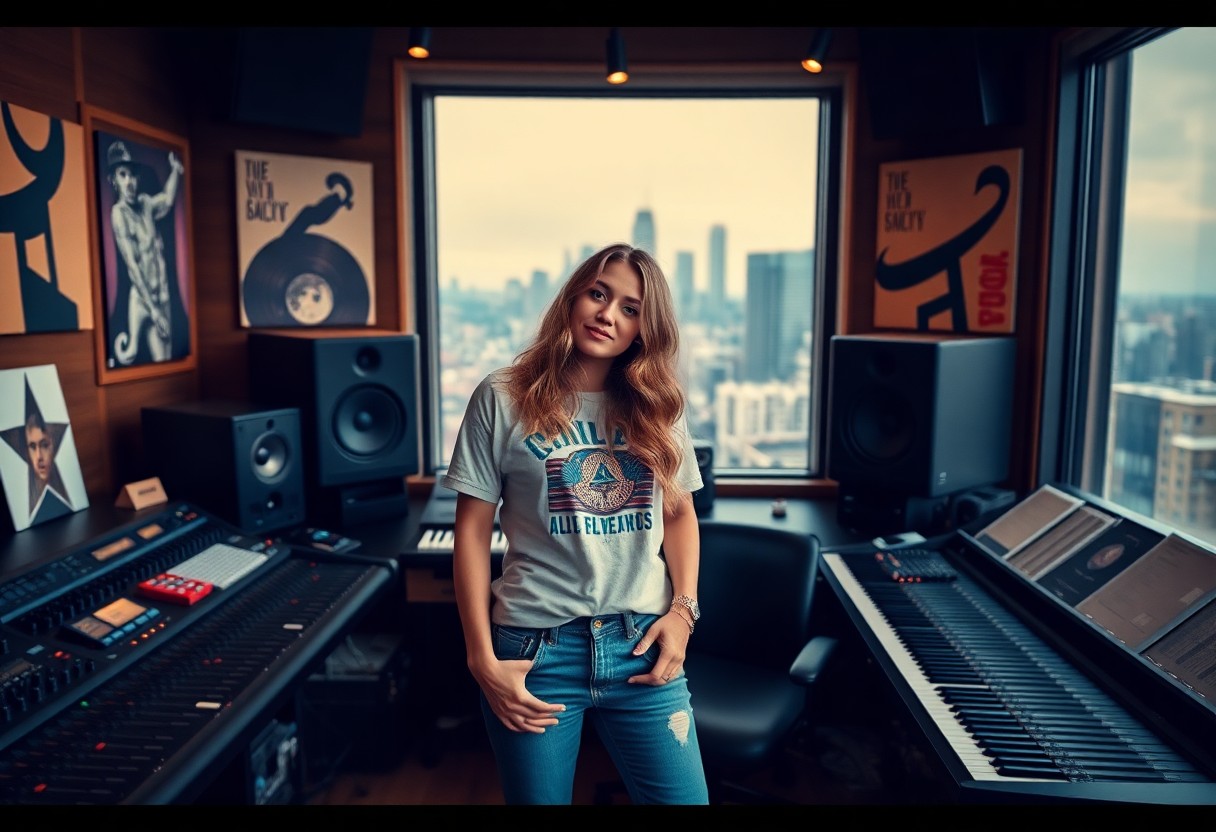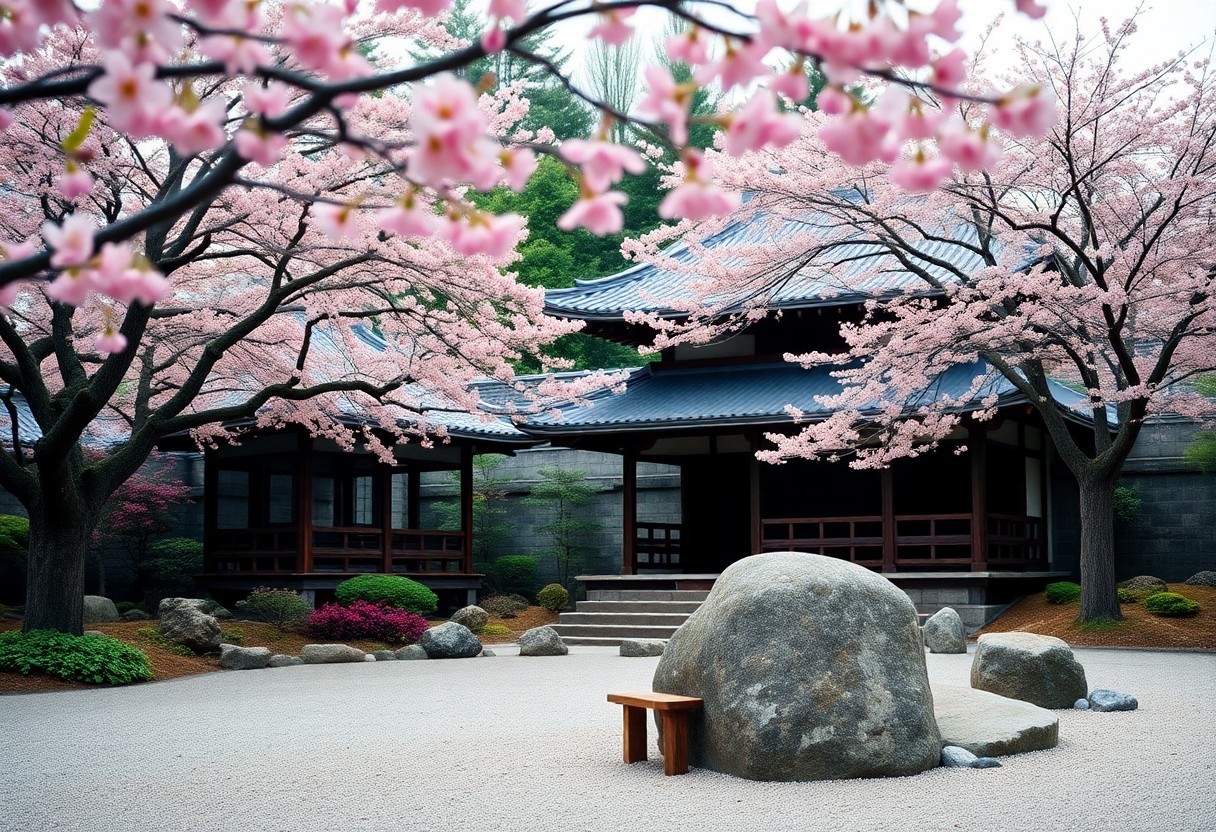Imagine a world where art transcends the canvas, where every brushstroke tells a story through movement and emotion. Welcome to the captivating realm of Gessolini, an expressive form of artistry that invites viewers to experience feelings in vibrant hues and dynamic gestures. This technique has deep roots that intertwine with history, culture, and personal expression.
As we embark on this exploration of Gessolini, prepare to uncover its essence—the intricate techniques behind it, the materials that bring it to life, and the artists who have mastered its craft. Whether you’re an aspiring artist or simply an admirer of creativity, understanding Gessolini will enrich your appreciation for art as a powerful medium of communication. Let’s dive into this fascinating artistic journey together!
What is Gessolini?
Gessolini is a unique artistic technique that blends various forms of expression. It primarily focuses on the fluidity of motion and the depth of emotion conveyed through visual language.
At its core, Gessolini involves manipulating materials to create dynamic shapes and textures. This craft emphasizes movement, making each piece resonate with life and energy.
Artists often use a combination of traditional methods alongside modern innovations in their creations. The result is an ever-evolving art form that challenges conventional boundaries.
What sets Gessolini apart is its commitment to expressing complex feelings through simple yet impactful visuals. Each artwork tells a story, inviting viewers to connect on multiple levels.
With its roots deeply embedded in both history and contemporary culture, Gessolini continues to inspire artists around the world. It’s more than just technique; it’s an experience waiting to be explored.
History and Origins of Gessolini
Gessolini traces its roots back to the early Renaissance, emerging as a fusion of artistic expression and technical mastery. This period marked a significant shift in how artists viewed their craft, focusing on personal interpretation alongside traditional techniques.
Initially popularized in Italy, Gessolini was influenced by classical sculptures and paintings. Artists began to explore movement as an essential component of visual storytelling. The technique captured not just form but also the essence of human experience.
As it evolved, Gessolini spread across Europe, intertwining with various art movements such as Baroque and Romanticism. Each artist added their flair, expanding the medium’s emotional depth.
By the 20th century, Gessolini had transformed yet again. Modern practitioners embraced new materials and methods while respecting its rich heritage. Such evolution kept this vibrant art form alive through generations.
The Technique of Gessolini
The technique of Gessolini is a captivating blend of precision and fluidity. Artists use a unique approach that emphasizes movement while maintaining intricate details. This balance brings life to every piece.
A hallmark of Gessolini is its layering method. Artists often start with broad strokes, building up texture gradually. Each layer adds depth and dimension, creating a dynamic visual experience.
Tools play an essential role in this process. Brushes are selected carefully for their ability to convey emotion and energy. The choice of materials also influences the final outcome, as different surfaces can dramatically alter the work’s character.
Color palettes in Gessolini are thoughtfully chosen to evoke specific feelings. Warm hues might spark joy or nostalgia, while cooler tones may elicit calmness or introspection.
Each stroke tells a story; each color breathes emotion into the canvas, making Gessolini not just art but an immersive experience that invites viewers on a journey through movement and expression.
Expression in Gessolini: Capturing Emotions through Movement
Gessolini transcends mere physicality. It’s a dance of emotions captured through movement. Each gesture tells a story, evoking feelings that resonate deep within the observer.
Artists in this medium harness body language to convey complex sentiments. The subtle curve of an arm or the tilt of a head can transform into powerful declarations of joy, sorrow, or contemplation.
The rhythm plays an essential role too. Movements flow seamlessly, creating visual poetry that invites viewers to interpret their meanings uniquely.
Colors and textures further enhance emotional depth. A vibrant hue might suggest passion while muted tones evoke introspection.
In Gessolini, every motion is intentional. This interplay between form and feeling sparks connections that go beyond words, establishing an intimate dialogue with the audience’s own experiences and emotions.
The Craft of Gessolini: Materials and Tools Used
The craft of Gessolini is as much about the materials and tools as it is about the technique. Artists often start with high-quality plaster, which serves as the foundation for their work. This material allows for intricate detailing and a smooth finish, essential in capturing movement.
Tools play a crucial role too. Trowels, spatulas, and various brushes are common implements that artists use to manipulate plaster effectively. Each tool brings its own character to the piece.
Beyond basic supplies, many Gessolini artists incorporate natural pigments into their mixtures. These colors add depth and emotion to each creation.
Some use molds or templates to help shape their designs more precisely. The combination of these elements culminates in stunning works that reflect both skill and passion in every stroke.
Famous Gessolini Artists and their Masterpieces
Gessolini has birthed countless artists who have left an indelible mark on this expressive technique. One of the most renowned is Luca Ferri, celebrated for his dynamic compositions that blend movement and emotion. His piece “Whispers of the Wind” captures fleeting moments with breathtaking fluidity.
Another luminary in this field is Sofia Marconi. Known for her intricate layering, she brings depth to her work through vibrant colors and bold brushstrokes. Her masterpiece “Dancing Shadows” showcases how Gessolini can evoke a visceral connection between the viewer and the artwork.
Then there’s Marco Bellini, whose innovative approach redefined traditional boundaries within Gessolini art. His iconic work “Ethereal Grace” challenges perceptions by merging realism with abstraction, inviting contemplation from all who gaze upon it.
These artists exemplify how Gessolini continues to evolve while remaining deeply rooted in its expressive origins.
Tips for Creating Your Own Gessolini Piece
Start with inspiration. Look around you for movements, emotions, or scenes that resonate. Capture the essence of what makes you feel alive.
Choose your materials wisely. Gessolini often combines traditional mediums like clay and plaster with modern elements. Experiment to find what speaks to your style.
Sketch your ideas first. This helps in visualizing form and flow before diving into the physical work.
Focus on movement as a core element. Each curve and angle should tell a story or evoke a feeling, so pay attention to how forms interact dynamically.
Don’t shy away from imperfections; they add character. Sometimes, flaws can lead to unexpected beauty in your piece.
Take breaks during creation. Stepping back allows fresh perspectives and new insights into your work’s evolution.
The Modern Day Relevance of Gessolini
Gessolini continues to resonate in today’s art scene. Its vibrant expression allows artists to explore complex emotions through dynamic movements. This connection with human experiences makes it relevant across various platforms.
In an age dominated by digital mediums, Gessolini stands out for its tactile nature. Artists often seek authenticity, and the hands-on approach of this technique offers a unique way to connect with their audience.
Social media has amplified the reach of Gessolini-inspired works. Artists share their creative journeys online, sparking conversations and fostering communities that appreciate this expressive form.
Moreover, workshops and classes dedicated to Gessolini are springing up worldwide. They not only teach the craft but also bridge generational gaps as new artists embrace traditional methods while infusing them with contemporary themes.
This blend ensures that Gessolini remains alive and evolving in modern artistic dialogue. It invites both admiration and introspection from those who encounter it today.
Conclusion: Preserving the Legacy
The legacy of Gessolini is rich and multifaceted. It stands as a testament to the power of expression through movement. This technique not only embodies artistic creativity but also connects deeply with human emotions.
Gessolini has evolved over time, yet its core principles remain intact. As artists continue to explore this art form, they contribute their unique perspectives while honoring traditional techniques. The materials and tools used in Gessolini play a crucial role in shaping each piece, allowing for endless possibilities and interpretations.
Encouraging new artists to experiment with Gessolini ensures that its spirit thrives. By sharing knowledge and experiences, the community can preserve what makes this art form so special.
As we delve deeper into our own creative expressions, let us remember the importance of maintaining these traditions while pushing boundaries forward. The beauty of Gessolini lies not just in its history but also in its potential for future generations to explore and celebrate artistry’s profound connection to emotion and movement.





